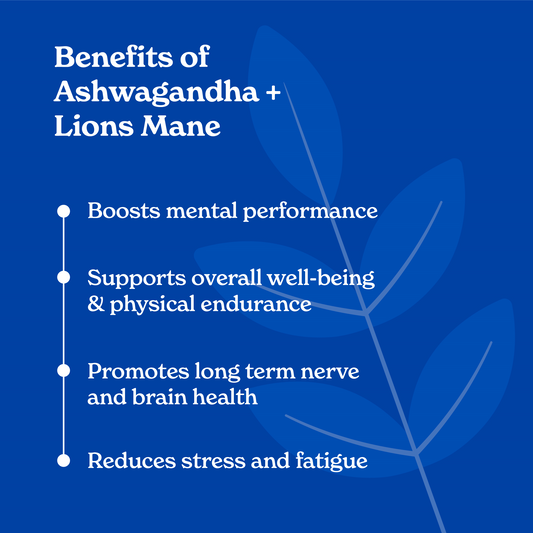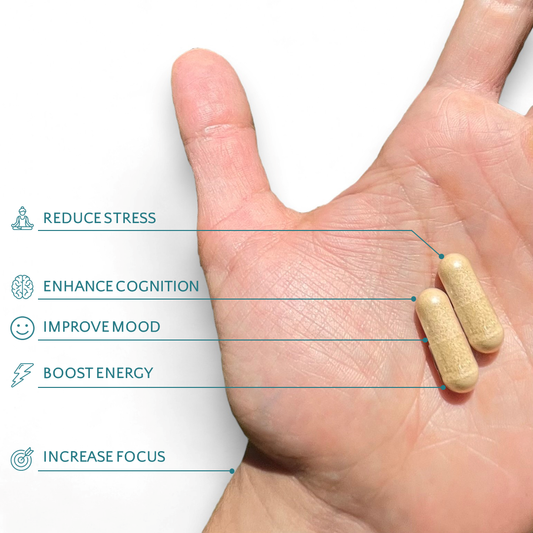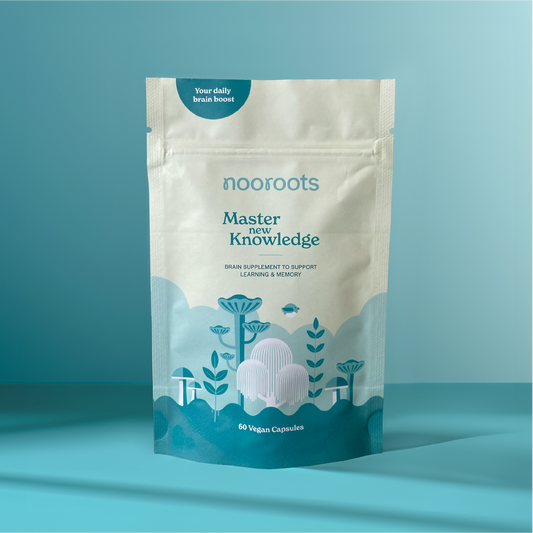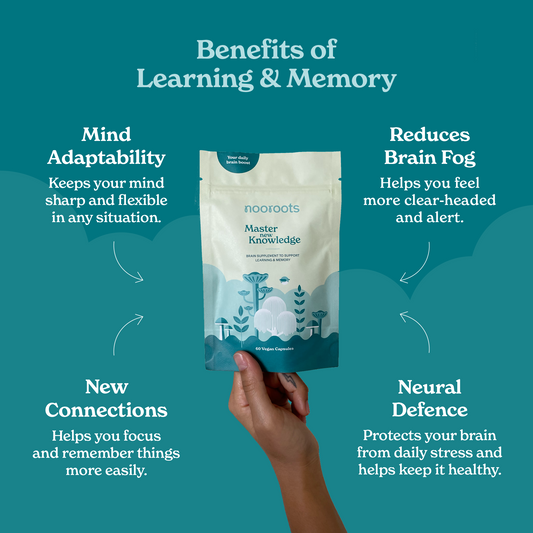Expert Writer and Contributor ✓
About the Author
Charlotte was awarded a Master of Science degree in chemistry from the University of Bristol. She is currently completing a PhD at the University of Leeds.
About the Contributor
Mus was awarded a Master of Science degree in Medical Biotechnology and Business Management from the University of Warwick.
For anyone with an interest in human medical history, the 1930’s is an exciting time to look back at. Hot of the wheels of the discoveries of Vitamins B1, B2, B3 and B5, scientists dared to ask the questions: how many more B-Vitamin could there be? What other diseases could be cured?
A Hungarian nutritionist by the name of Paul Gyorgy was not afraid to ask these big questions. Like any good scientist, Paul was dissecting in his inquiries into the role of Vitamins in diet and health. His research led him to experiment on rats, diseased with Acrodynia, using Vitamin B1 (Thiamine) and Vitamin B2 (Riboflavin).
To no avail. It felt his research had reached a dead end. But he continued to probe.
Then something interesting happened. He noticed feeding the animals a certain food would cure Acrodynia. What unknown substance could be causing this? He probed further.
Alas, his endeavours had paid off. The unknown substance Paul discovered was Vitamin B6 (Pyridoxine). Now the fifth B-complex vitamin discovered in only a matter of years.
At age 83, Paul’s research into the role of Vitamin B6 (Pyridoxine) eventually earned him a National Medial of Science in Biological Sciences. To this day his contribution to the field of science, nutrition and medicine are held in high esteem.
It was left to future generations of nutritionists to probe further into Pyridoxine effect on the human body. What they found surprised them.
Contents
- What is Vitamin B6 (Pyridoxine)?
- Vitamin B6 (Pyridoxine) Deficiency
- Vitamin B6 (Pyridoxine) Benefits
- Vitamin B6 (Pyridoxine) Mechanism of Action
- Vitamin B6 (Pyridoxine) Side Effects
- Recommended Dosages of Vitamin B6 (Pyridoxine)
- Best Natural Food Sources of Vitamin B6 (Pyridoxine)
Vitamin B6 (Pyridoxine): A Health Guide to Safe and Effective Supplementation

What is Vitamin B6 (Pyridoxine)?
Vitamin B6, also known as pyridoxine, is a one of eight water-soluble B-vitamins. In 1934 this remarkable vitamin was discovered by Paul György, by accident, when he found that rats given an extract of baker’s yeast (a source of B6) were relieved of their skin disease1,2.
Vitamin B6 is crucial for the enhanced function and development of our brains, metabolising food and keeping us healthy by protecting our immune system.
Vitamin B6 (Pyridoxine) Deficiency
Deficiency in vitamin B6 often coincides with deficiency in other B-vitamins, leading to some nasty effects. Symptoms that are linked to vitamin B6 deficiency are3–6:
- Anaemia
- Skin problems
- Depression
- Fatigue
- Nervousness and irritability
Vitamin B6 (Pyridoxine) Benefits
Fortunately, vitamin B6 supplementation can provide a multitude of benefits, which include:
- Brain developing and boosting: Deficiencies in vitamin B6 can impact neuron development in the brain, due to the importance of this nootropic vitamin for the synthesis of neurotransmitters4,5,7–11.
- Immune system protection: Research has shown that B6 can repair a damaged immune system12.
- Antioxidant: Vitamin B6 helps to make glutathione in the body, an antioxidant that protects cells against stress and damage.
- Reducing heart disease risk: This multi-functional vitamin lowers homocysteine, high levels of which can increase the risk of heart disease and stroke4,13.
Vitamin B6 (Pyridoxine) Mechanism of Action
In the body, vitamin B6 turns into its active form: pyridoxal 5’ phosphate. As that’s a bit of a mouthful, it is instead referred to as PLP14.
PLP is crucial to over 100 physiological reactions9,14! These are especially important in the brain, where PLP is responsible for the synthesis of neurotransmitters such as serotonin and dopamine4,6–11. Vitamin B6 enhances neuro-development, and could act as a mood enhancer and brain booster5,10,15.
Along with vitamins B9 and B12, vitamin B6 also plays a role in lowering homocysteine levels by converting it into glutathione – a vital antioxidant to protect cells against free radical damage4. A two-in-one benefit!
Vitamin B6 (Pyridoxine) Side Effects
Vitamin B6 has been proven to be safe up to doses of 200 mg a day. Although, the following mild side effects may occur:
- Nausea
- Headache
- Stomach pain
- Loss of appetite
Recommended Dosages of Vitamin B6 (Pyridoxine)
The Nutrient Reference Value (NRV) for Vitamin B6 (Pyridoxine) is 1.4 mg (milligram). The safe upper limit (SUL) for Vitamin B6 (Pyridoxine) is up to 100 mg.
Learn More About NRV and SUL
The NRV and SUL are two values assigned to vitamins and minerals that are designed to provide guidance on how much of a specific nutrient can be consumed.
NRV can be defined as the amount of a specific nutrient needed to adequately meet known nutritional deficiencies. Whereas the SUL is the highest level of nutrient intake that is likely to pose no risk of bad health effects for almost all individuals in the general population.
It is very safe to consume levels of nutrients greater than the NRV as long as the intake is below the SUL.
At nooroots, we take both these values into consideration when performing research and product development. We work with our scientists and partners to select a nutrient level that is both safe and effective.
Best Natural Food Sources of Vitamin B6 (Pyridoxine)
Here are the top 10 foods rich in Pyridoxine:
- Salmon
- Lean Chicken Breast
- Fortified Tofu
- Lean Pork Chops
- Beef
- Sweet Potatoes
- Bananas
- Potatoes
- Avocados
- Pistachio Nuts
*data sourced from My Food Data
Conclusion
At a time of great progress in nutritional science, Paul Gyorgy ‘s inquests into the role of Vitamin B6 (Pyridoxine) in human nutrition and health advanced our understanding of how diet effects our wellbeing.
With the advantage of hindsight, we see a similar pattern emerge with many of the B-complex Vitamins. First, an unknown substance cures a disease. Second, that unknown substance is isolated and characterized. Third, the benefits reach far beyond the original disease.
Further research found Vitamin B6 (Pyridoxine) to support brain development, protect our immune system, helped protect cells against stress and damage and reduce the risk of heart disease. The NRV is 1.4mg and a safe upper limit of 100mg has been established.
For those interested in taking the first step, our Learning & Memory Nootropic Supplement at Nooroots offers a carefully formulated introduction to the world of cognitive enhancement—crafted to support both clarity of mind and balance of mood.
Learn more about the other vitamins, minerals and plant extracts we use to give your brain a daily boost
Evidence
- Vitamin B Complex. American Chemical Society. https://www.acs.org/content/acs/en/education/whatischemistry/landmarks/vitamin-b-complex.html (accessed 2022-05-18).
- Rosenberg, I. H. A History of the Isolation and Identification of Vitamin B6. ANM 2012, 61 (3), 236–238. https://doi.org/10.1159/000343113.
- Pyridoxine (Vitamin B6): Overview, Uses, Side Effects, Precautions, Interactions, Dosing and Reviews. https://www.webmd.com/vitamins/ai/ingredientmono-934/pyridoxine-vitamin-b6 (accessed 2022-05-18).
- Mitchell, E. S.; Conus, N.; Kaput, J. B Vitamin Polymorphisms and Behavior: Evidence of Associations with Neurodevelopment, Depression, Schizophrenia, Bipolar Disorder and Cognitive Decline. Neuroscience & Biobehavioral Reviews 2014, 47, 307–320. https://doi.org/10.1016/j.neubiorev.2014.08.006.
- Kirksey, A.; Morré, D. M.; Wasynczuk, A. Z. Neuronal Development in Vitamin B6 Deficiency. Ann N Y Acad Sci 1990, 585, 202–218. https://doi.org/10.1111/j.1749-6632.1990.tb28054.x.
- Blows, W. T. Pharmacology Update: Neurotransmitters of the Brain: Serotonin Noradrenaline (Norepinephrine), and Dopamine. Journal of Neuroscience Nursing 2000, 32 (4), 234–238.
- Sato, K. Why Is Vitamin B6 Effective in Alleviating the Symptoms of Autism? Medical Hypotheses 2018, 115, 103–106. https://doi.org/10.1016/j.mehy.2018.04.007.
- Cellini, B.; Montioli, R.; Oppici, E.; Astegno, A.; Borri Voltattorni, C. The Chaperone Role of the Pyridoxal 5′-Phosphate and Its Implications for Rare Diseases Involving B6-Dependent Enzymes. Clinical Biochemistry 2014, 47 (3), 158–165. https://doi.org/10.1016/j.clinbiochem.2013.11.021.
- Mooney, S.; Leuendorf, J.-E.; Hendrickson, C.; Hellmann, H. Vitamin B6: A Long Known Compound of Surprising Complexity. Molecules 2009, 14 (1), 329–351. https://doi.org/10.3390/molecules14010329.
- McKee, S. E.; Reyes, T. M. Effect of Supplementation with Methyl-Donor Nutrients on Neurodevelopment and Cognition: Considerations for Future Research. Nutrition Reviews 2018, 76 (7), 497–511. https://doi.org/10.1093/nutrit/nuy007.
- Geng, M.-Y.; Saito, H.; Katsuki, H. Effects of Vitamin B6 and Its Related Compounds on Survival of Cultured Brain Neurons. Neuroscience Research 1995, 24 (1), 61–65. https://doi.org/10.1016/0168-0102(96)81279-X.
- Qian, B.; Shen, S.; Zhang, J.; Jing, P. Effects of Vitamin B6 Deficiency on the Composition and Functional Potential of T Cell Populations. J Immunol Res 2017, 2017, 2197975. https://doi.org/10.1155/2017/2197975.
- Kataria, N.; Yadav, P.; Kumar, R.; Kumar, N.; Singh, M.; Kant, R.; Kalyani, V. Effect of Vitamin B6, B9, and B12 Supplementation on Homocysteine Level and Cardiovascular Outcomes in Stroke Patients: A Meta-Analysis of Randomized Controlled Trials. Cureus 2021, 13 (5). https://doi.org/10.7759/cureus.14958.
- Vitamin B6. The Nutrition Source. https://www.hsph.harvard.edu/nutritionsource/vitamin-b6/ (accessed 2022-05-18).
- Porter, K.; Hughes, C. F.; Hoey, L.; Ward, M.; Moore, K.; Strain, J. J.; Molloy, A.; Cunningham, C.; Casey, M. C.; Laird, E.; McCarroll, K.; Pentieva, K.; McNulty, H. Biomarkers of Folate and Related B-Vitamins as Predictors of Cognitive Decline in Older Irish Adults over a 5 Year Follow up Period. Proceedings of the Nutrition Society 2017, 76 (OCE1). https://doi.org/10.1017/S0029665117000040.







